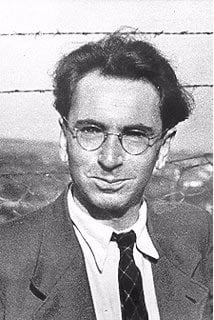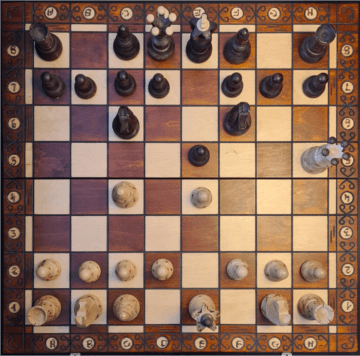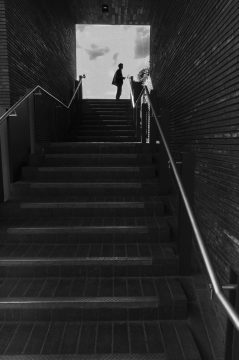by Marie Snyder
 The second half of Frankl’s Man’s Search for Meaning was added in 1962 to provide greater detail of Logotherapy, in which patients must hear difficult things in contrast to psychoanalysts provoking telling difficult things. It’s less introspective and more focused on our place in the world:
The second half of Frankl’s Man’s Search for Meaning was added in 1962 to provide greater detail of Logotherapy, in which patients must hear difficult things in contrast to psychoanalysts provoking telling difficult things. It’s less introspective and more focused on our place in the world:
“Logotherapy defocuses all the vicious-circle formations and feedback mechanisms which play such a great role in the development of neuroses. Thus the typical self-centeredness of the neurotic is broken up instead of being continually fostered and reinforced . . . the patient is actually confronted with and reoriented toward the meaning of his life. . . . Striving to find a meaning in one’s life is the primary motivational force in man. That is why I speak of a will to meaning in contrast to the pleasure principle on which Freudian psychoanalysis is centered, as well as in contrast to the will to power on which Adlerian psychology, using the term ‘striving for superiority,’ is focused” (98).
Aside: A bit of history of philosophy here: Schopenhauer wrote about the will-to-live in World as Will and Representation in 1818: our very being is our will, our blind urges towards life, and it’s also the dynamic essence of the world. He was influenced by the Buddhist Four Noble Truths in this respect, although he focused less on the practice of decreasing striving in order to reduce the experience of suffering. He preferred to soothe his misery with art. Read more »

 A dear friend of mine recently passed away unexpectedly. He had recommended I read Viktor Frankl’s
A dear friend of mine recently passed away unexpectedly. He had recommended I read Viktor Frankl’s 

 At the heart of French existentialism – and especially the version associated with its most famous representative, Jean Paul Sartre – was the notion of radical freedom. On this view, when we choose, we choose our values and thus what kind of person we are going to be. Nothing can prescribe to us what we ought to value, and the responsibility of freedom is to accept this fact of the human condition without falling into the ‘bad faith’ which would deny it. The moment of existentialism may have passed, but the view that we are radical choosers of our values persists in many quarters, and so I want to consider how well this idea holds up, and what an alternative to it might look like.
At the heart of French existentialism – and especially the version associated with its most famous representative, Jean Paul Sartre – was the notion of radical freedom. On this view, when we choose, we choose our values and thus what kind of person we are going to be. Nothing can prescribe to us what we ought to value, and the responsibility of freedom is to accept this fact of the human condition without falling into the ‘bad faith’ which would deny it. The moment of existentialism may have passed, but the view that we are radical choosers of our values persists in many quarters, and so I want to consider how well this idea holds up, and what an alternative to it might look like.